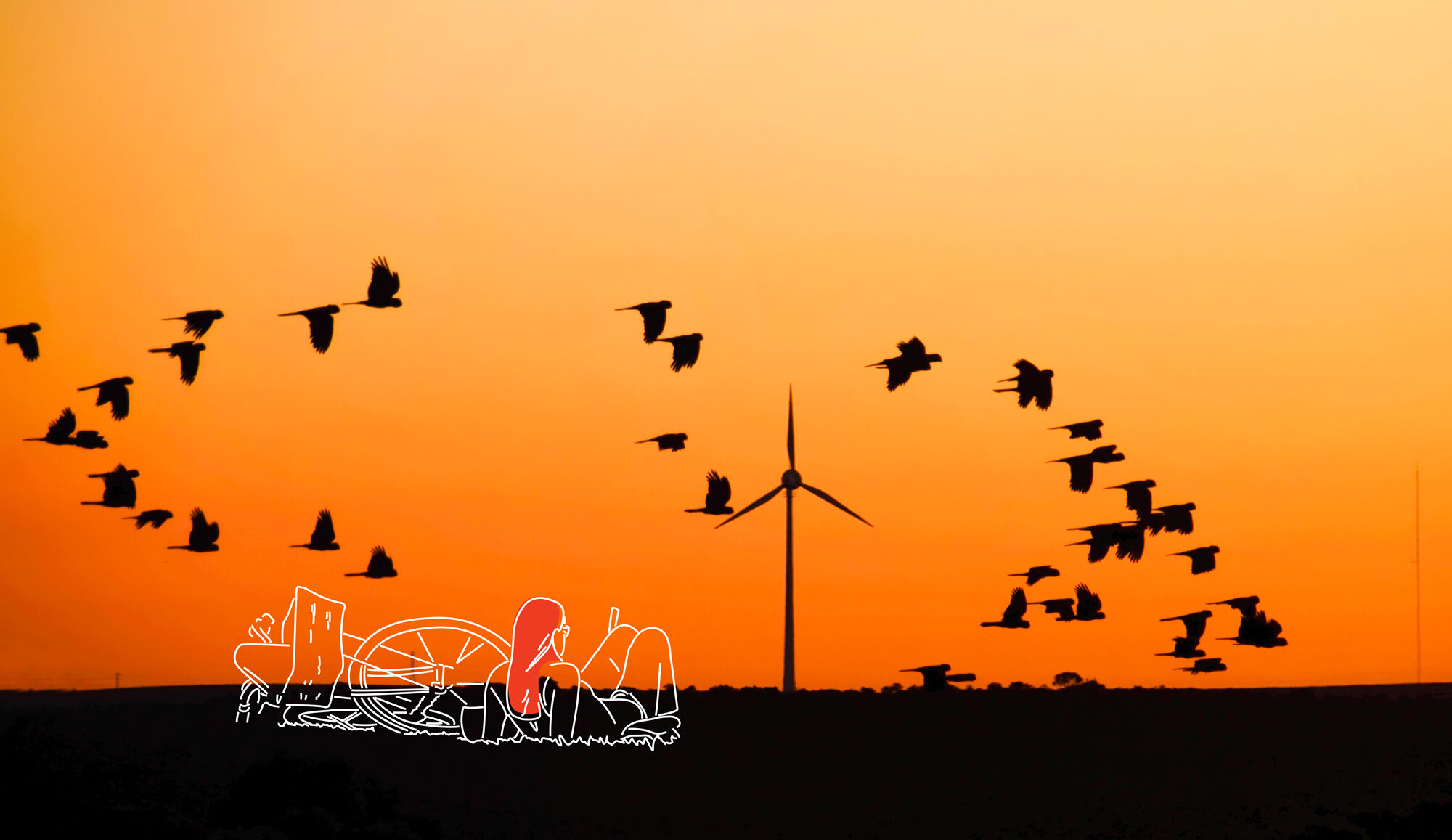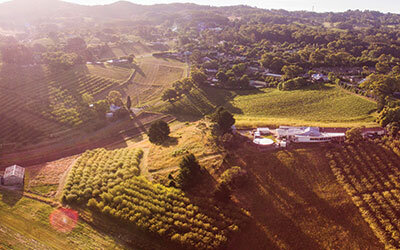
SHift 7
We have to
learn to change
From incidental reporting to intentional learning systems
Our rapidly changing world means we face social and environmental conditions that have no precedent. In this context history is now less able to anticipate or guide the future. At the same time an increasingly connected and turbulent world means we have less control over many aspects of the world around us.
A world of less certainty and less control requires a different approach. Working in complexity means there are many challenges and surprises – expertise alone is not sufficient – we need a different mind-set, one based on learning our way forward. It also means we have to admit we don’t have all the answers without fear of reprisal. We have to be prepared to be surprised, to fail and to accept other points of view about some of the ‘truths’ we hold dear in conservation. With a learning mind-set, every action becomes a mini experiment, one that can fill a knowledge gap, check an assumption, test a new approach or reveal where our evidence is strong and where it is weak. Building a learning mind-set means a shift in the way we think about, plan and implement actions.
The current system of project funding and reporting is a major barrier for learning. The current project reporting approach is a learning dead end. Funders are reluctant to allow experimentation, while those seeking funding overstate the impact and likely success they will have, applying for less risky projects, so a slow feedback of smaller safer projects is set in train. Bigger landscape-scale change, the type required under a changing climate, is less likely under small-scale, fragmented projects. Similarly when reporting, no organisation wants to report their project failed; that would mean reduced funding in the future; so we report that every project was a complete success. There are few incentives anywhere in this system for genuine learning.
We need to celebrate learning as an achievement, even if projects ‘fail’. A well-designed project, one that is set up to learn, will always be successful if we learn something to inform future work. Redefining what success looks like – that learning is the most valuable thing we can do – might be one of the most critical shifts we can make in nature conservation.
— ♢♢♢ —
Theory

Theory
Complex and complicated but in control?
If we think about two axises that are critical for achieving an outcome, control and certainty, in the bottom left-hand corner, where we have high control and high certainty, we are operating in a simple space, we know what to do and we have the control we need to achieve it.
In this space we can rely on technical expertise to design the most effective solution, the best management practice for that problem. Cause and effect are clearly linked. The only real question is how efficiently can we undertake the task—i.e. optimisation. vAnd, once we have worked out the most efficient method, we can teach others how to do it, we can write a guide or prescription for others to follow. Or vice versa, if we have similar simple circumstances, we can observe what others have done and apply it to our situation. Think baking. Once you have worked out a recipe to bake a cake, you reproduce that cake consistently and you can share with others how to bake the same cake.
If we have less control and less certainty, things get more complicated. The difference between complicated and simple is that there are now multiple possible ways to achieve the desired outcome. The question is not just how efficient can we be? But also what is the most effective way to achieve the desired outcome. Cause and effect are still fairly discernible, we may need to experiment, but we can find a solution that works for our context. We can still rely on expertise, those that have observed patterns of cause and effect over time can identify a way to work in this complicated space.
We can learn from others working in similar complicated settings, but we will probably have to make adjustments for our context. Building a rocket is complicated, but there is a lot of existing knowledge to draw on, there is lots of expertise that can be applied. Cause and effect in jet propulsion is known. You may have to experiment a bit, but eventually you will find something that works for your context and from there it is possible to predict outcomes. This process of adapting and learning in complicated spaces produces lots of variations. For example, think of all the different methods for revegetation across the country, a multitude of solutions to the same problem, based on context.
When control and certainty are very low, the situation is highly complex. Cause and effect are not tightly linked and it is hard to discern patterns in complex systems. We can’t just take what has worked elsewhere; our context is unique. Because there are not clear patterns of cause and effect, expertise is less potent here, you need other types of knowledge and you need to experiment, a lot, to learn your way through.
The frustrating aspect of working in complex problem spaces is that you often really only know you have succeeded in hindsight. It is almost impossible to predict what the outcomes of any action will be because there are so many seen and unseen linkages, the breeding ground for unintended consequences.
The best approach here is to design ‘fail safe’ experiments, small scale, minimum resources, and low potential for spread of unintended consequences. You can then upscale what works, but being watchful for changed circumstances that mean the new ‘solution’ is no longer the best fit. A good analogy is raising teenagers. Every teenager is different, each day is different and just because you raised one ‘successfully’ doesn’t mean the next one will be a success! Similarly you can’t write a prescription for someone to follow to raise a teenager.
The best you can do is suggest some guiding principles, then go with gut feel and intuition. The upside of working in complex spaces is there is great potential for transformation, new opportunities for changes in direction arise often, sometimes abruptly.
In nature conservation things are rarely simple, they are mostly between the complicated and complex space, sometimes morphing from one to the other and back again depending on how the context changes. The challenge for us all is to recognise the context we are working in and shift our thinking and practice accordingly when we often are locked into ways of operating by our own thought process, our institution and our history.
— ♢♢♢ —
Source: Paul Ryan,
Australian Resilience Centre
www.ausresilience.com.au
Image: BY NC SA Joseph B via Flickr
❯❯ More shifts









